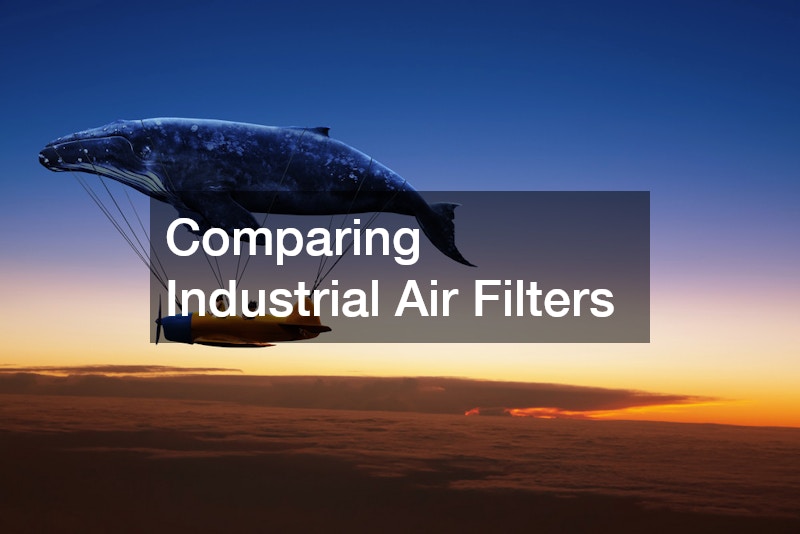In today’s industrial environments, ensuring the air is free from harmful particulates and pollutants is crucial not only for the health and safety of workers but also for maintaining the integrity of the production process. Industrial air filters play a vital role in achieving clean air by removing contaminants that can affect both machinery and human health. In this blog post, we will compare different types of industrial air filters, examining their efficiency, usability, and cost-effectiveness to help you make an informed decision.

One popular type of industrial air filter is the HEPA filter, which stands for high-efficiency particulate air. These filters are capable of capturing particles as small as 0.3 microns, removing up to 99.97% of contaminants from the air.
They are widely used in environments where air quality is paramount, such as in pharmaceutical manufacturing and clean rooms. Although HEPA filters are highly efficient, they may require regular maintenance to sustain their performance, which can add to the ongoing operational costs.
Another common option is the activated carbon filter, which excels at removing odors and chemical fumes from the air. These filters use a bed of activated carbon to adsorb gaseous pollutants, making them ideal for industries that deal with volatile organic compounds (VOCs). However, it is essential to consider that the lifespan of activated carbon filters depends on the concentration of pollutants, meaning they may need more frequent replacement than other types. The comparison between these filters is critical for selecting the right solution for industrial needs and ensuring both air quality and cost-efficiency.
In conclusion, choosing the right industrial air filter depends on the specific requirements of the environment in which they will be used. Factors such as the type of pollutants, desired air quality, and maintenance capacities should be considered when selecting a filter. By understanding the strengths and limitations of HEPA and activated carbon filters, industries can better equip themselves to maintain clean air and adhere to health and safety standards.
.
